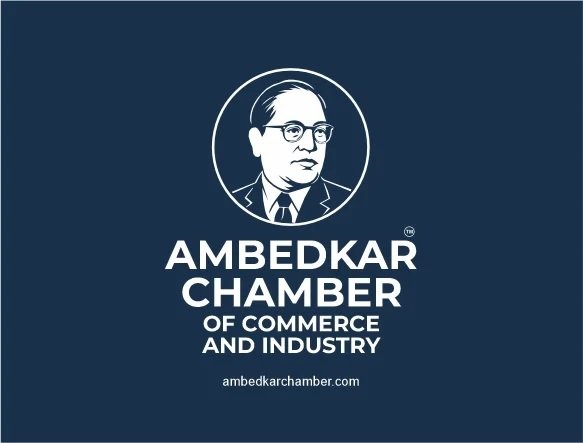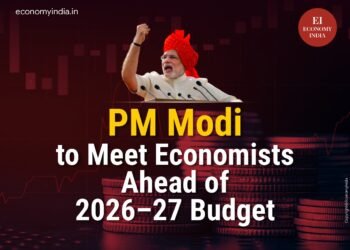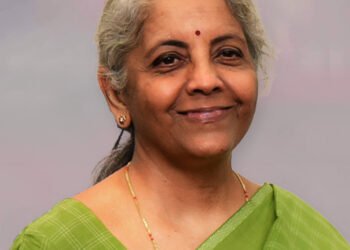It has been reported that The average daily distance covered by a usually overloaded goods truck in India is just about a fifth of that in the United States. And on return journeys, up to 40 percent of these trucks are empty.
Such low utilisation of truck fleets by Indian transporters leads to higher logistics costs, increased consumption of fuel and of course, higher emissions. The story of inefficiency repeats itself in other logistics sectors too: in seaports, air cargo and freight carriage by Indian Railways (IR). And these inefficiencies, in turn, hurt India’s export competitiveness, the company said.
National Logistic Policy
According to the latest LEADS — an acronym for Logistics Ease Across Different States — survey for 2021 commissioned by the Ministry of Commerce and Industry, India’s logistics costs are about 14 percent of Gross Domestic Product (GDP), significantly higher than the 8-10 percent range for developed economies including the US. Is it any wonder then that India’s share of the global export basket remains at a lowly 2.15 percent?
Since 2019, the government has been deliberating over a National Logistic Policy which would eventually ease logistics bottlenecks through a coordinated policy response involving multiple ministries and various arms of the central and state governments. But the policy has not been announced till now. A parliamentary panel has now questioned the ministry over the inordinate delay on this policy and sought an action-taken report.
“The committee notes that the logistics cost in India is higher in comparison to developed countries and reducing it is crucial for bringing down overall cost in exports and achieving a competitive edge in the export markets…However, the committee is deeply discontented to learn that the policy has not been finalised despite the committee’s repeated recommendation in its 158th and 163rd reports to finalize the policy. The committee, therefore, reiterates its recommendation to finalize the policy and action taken note in this regard may be furnished to the committee,” the Standing Committee on Commerce said in the 164th report titled Augmenting Infrastructure Facilities to Boost Exports, the company said.
Logistics Mess
How complicated India’s logistics sector is can be gauged from these statistics: there are more than 20 government agencies and 37 export promotion councils; carriage of goods by various modes is governed by multiple laws and varying documentation requirements merely add to the mess.
The National Logistics Policy was expected to streamline these bumps and offer a coordinated approach to reducing overall logistics costs for the country.
A stakeholder who has participated in negotiations over this policy said on condition of anonymity that the policy framework is being helmed by the Ministry of Commerce and Industry whereas the various transport sectors fall under the jurisdiction of different ministries – the Ministry of Road Transport & Highways (MoRTH); Civil Aviation; Ports, Shipping and Waterways.
“The perception is that the commerce and industry ministry will corner all the praise for this policy and the work done by other ministries will remain unrecognised. So, most participants in the process are reluctant,” this company said.
The policy is being handled by the Logistics Division under the Department of Commerce. The Commerce and Industry Ministry has told the parliamentary panel that the policy envisages a comprehensive strategy for transforming the logistic sector, encompassing both the domestic as well as the Export-Import logistics chain. The policy will also put in place a robust mechanism for facilitating coordination between different ministries, departments and state governments on issues concerning the logistics sector. Also, a Unified Logistics Interface Platform is being developed for better coordination.
High Inventory Costs, Congestion, Paperwork
The pain points in India’s logistics journey are spread across sectors. Take the ports sector, for example. Not even half the total installed capacity at the country’s major ports was used in the last five years. Perhaps what Sachin Haritash, founder and chief executive officer of truck aggregator Mavyn, says may explain such low utilization.

He says that the actual cost of transporting goods by road in India is comparable, not significantly higher to that in the US. “The difference is in high inventory costs at sea ports, which arise due to congestion and excessive paperwork leading to delays. Also, the norm of holding large inventories (up to 60 days in India versus half that in other markets), followed by Indian manufacturers, further adds to the overall logistics costs”, the company said.
In the case of Indian Railways, the overburdening of the already burdened segments leads to gross inefficiencies. An overwhelming 96 percent of freight traffic of Indian Railways is being handled on 51 percent of the network, which is already highly congested. Also, the share of the national transporter in the total freight market remains at just 35 percent as 65 percent of freight is transported by roads.
Indian Airports
High freight rates, lack of long-term incentives and cross-subsidisation of passenger fares through high freight rates are some of the issues which make logistics cost for rail transportation uncompetitive.
The same story of inefficiency is playing out in the air cargo segment as well. There is neither a standard rate across Indian airports for handling cargo operations nor any regulatory oversight in case of tariff disputes between airlines and customers, the company said.
The idea of dedicated parking bays for freighters is foreign to Indian airports and there is no particular model for airport terminal operations, hindering integration of air cargo logistics. Absence of a standard rate for processing and handling of cargo reduces India’s export competitiveness. (money control)















